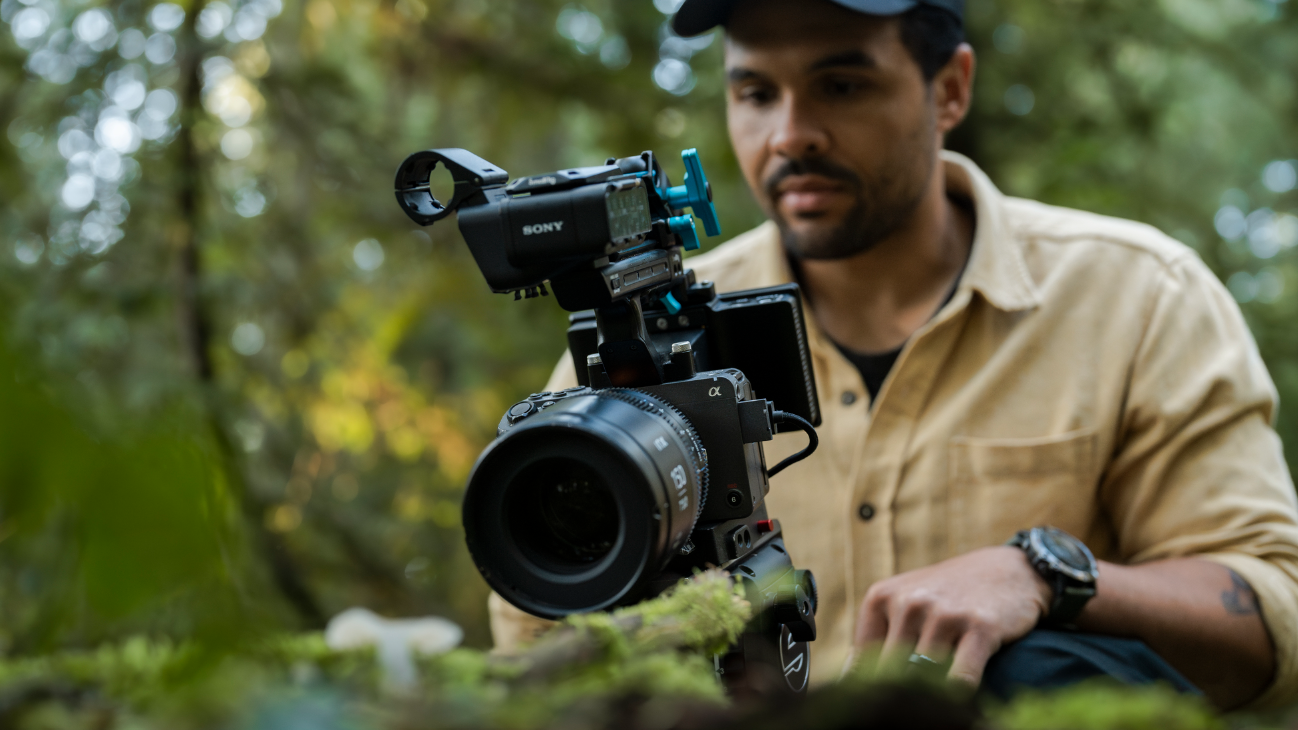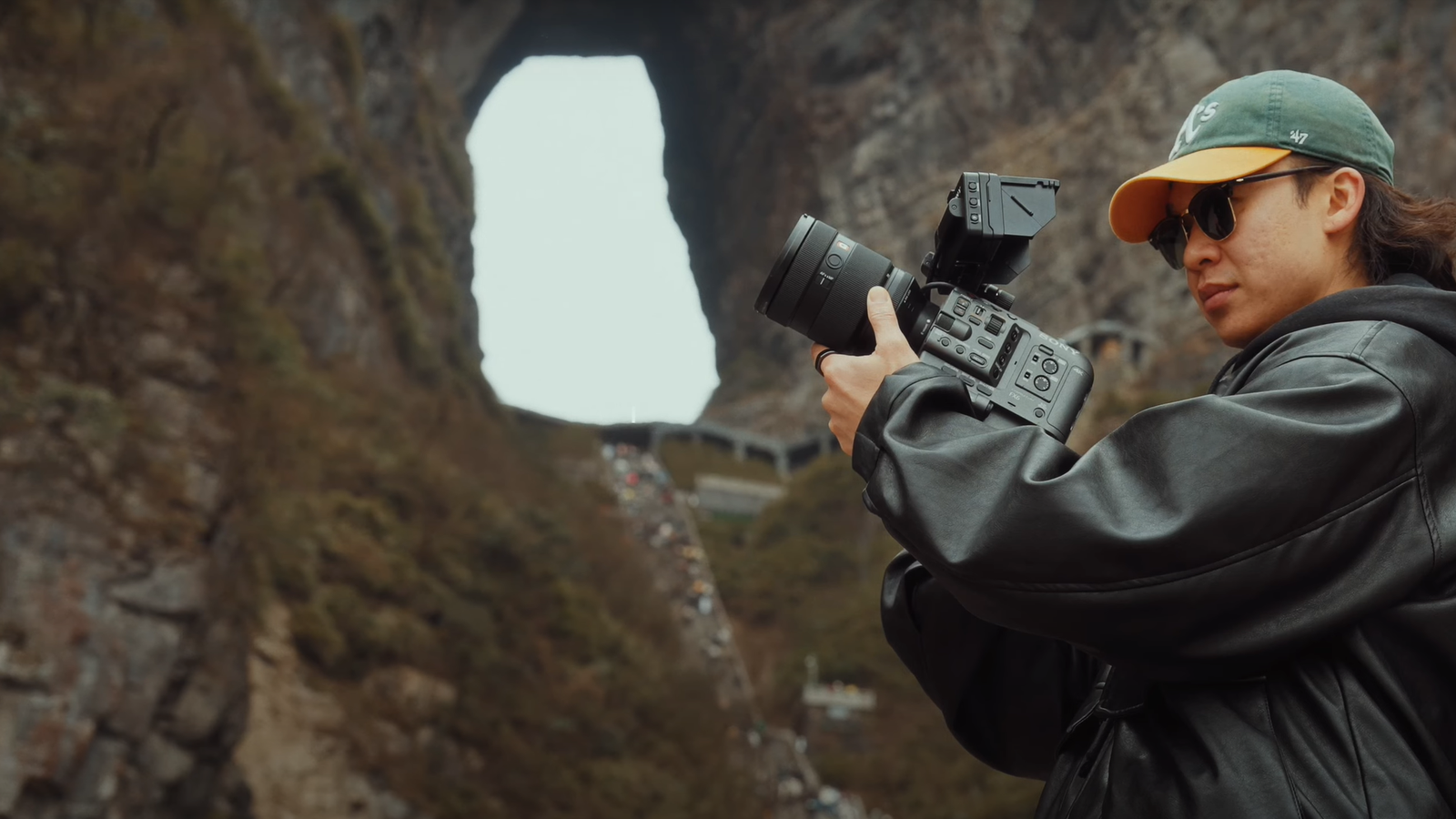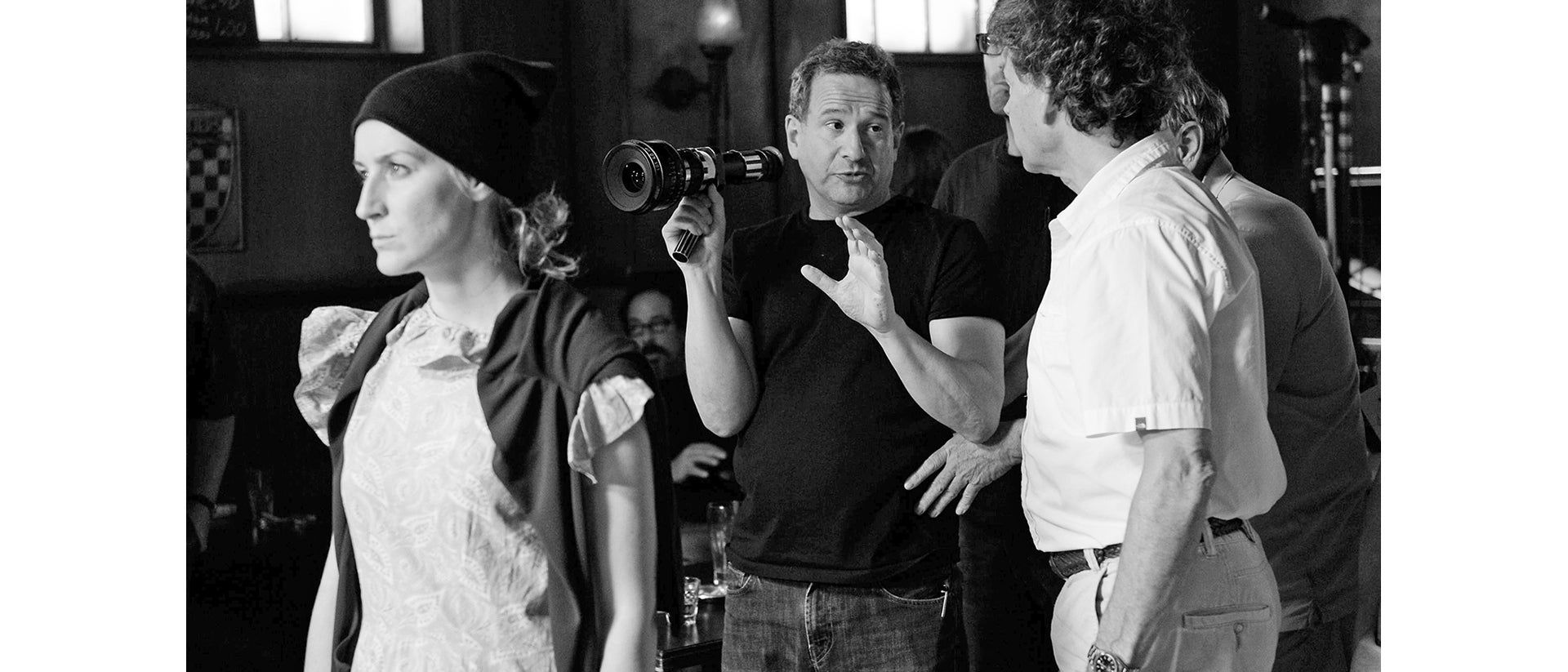
07-24-2020 - Case Study
The Relationship Between the Director and the Cinematographer - Part 3 of a Series
By:
Follow this link to read Part 1 - The Relationship Between the Director and the Cinematographer - Part 1 of a Series
Follow this link to read Part 2 - The Relationship Between the Director and the Cinematographer - Part 2 of a Series
Author Steven Bernstein, DGA, ASC, WGA is an ASC outstanding achievement nominee for the TV series Magic City. He shot the Oscar winning film “Monster,” “Kicking and Screaming,” directed by Noah Baumbach, “White Chicks” and some 50 other features and television shows. The second film he wrote and directed, “Last Call,” stars John Malkovich, Rhys Ifans, Rodrigo Santoro, Zosia Mamet, Tony Hale, Romola Garai and Phil Ettinger, is scheduled for release later this year.
Steven can be followed at Stevenbernsteindirectorwriter on instagram where he regularly posts short insights and illustrations about filmmaking.
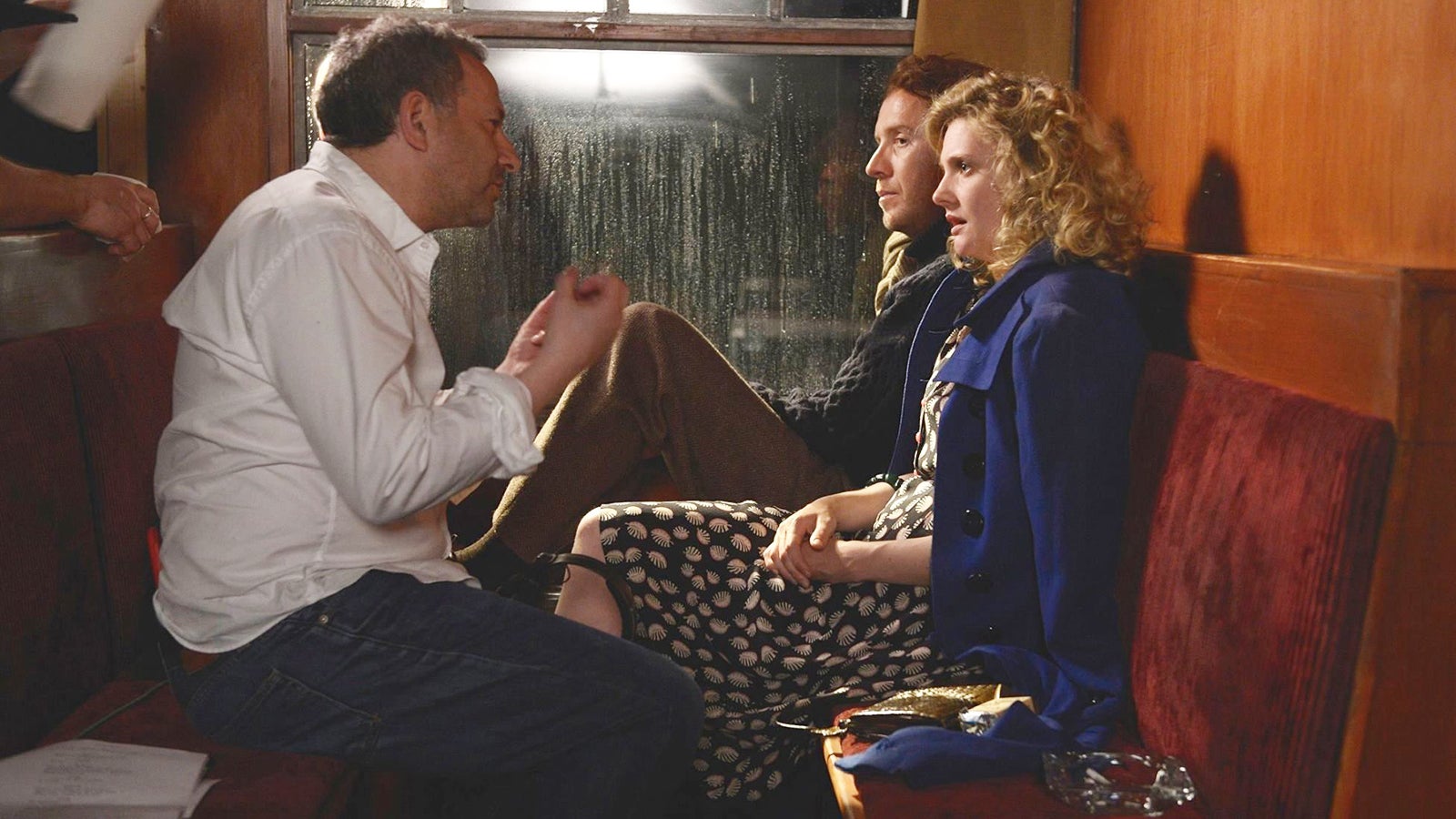
Bernstein directing Romola Garai on "Last Call"
Visual references
What is singular about the relationship between the cinematographer and the director is that they will be focusing on the unique visual language of the film. And it is unique. Think about it; what other art form has things like the "push-in" as a technique to suggest a moment of significance to an audience? It is these sorts of visual elements that are the shared purview of the director and the DP.
In the previous articles in this series, I mentioned the fact that Noah Baumbach and I looked at the work of the illustrator Maxfield Parrish as inspiration for "Mr. Jealousy." We didn't go to an art gallery. Instead, I took several art books featuring Parish with me to Noah's apartment and we went through them together. The same procedure I employed when first meeting other directors before I worked with Noah. The idea came to me as I had long observed costume designers and production designers bringing visual references to first interviews. I was curious why cinematographers didn't do the same. So I started to do precisely that, and I now recommend the practice to all cinematographers.
I would bring books of photography, art, and clips of work by other cinematographers. These examples would become the basis for our discussions. When you are dealing with a visual language, it makes sense to use visual references. Sometimes my samples were on the right track, sometimes they were wrong, and sometimes the director wouldn't have a direction in mind but would be inspired by what I showed them. Whichever way it went, it was a good starting place. As a director, I still advocate using art and other films as references throughout the preproduction process to help achieve a shared vision. It's hard to read someone else's mind. Looking at images together is better than using an entirely different language, words, to describe what you mean. Such is the frustration and failure of language; showing is always better than describing. Because I was first a cinematographer, the visual side came more easily for me as a director. But for directors coming out of writing, it isn't always as natural, and they may need the DP to show them different visual ways forward. All directors are usually working at the limits of their physical and mental capacity. They have a lot to deal with, so though they may not say it aloud, they want the DP to step up and make suggestions, then run with that vision and become full creative partners. Certainly, that's what the best or most confident directors want.
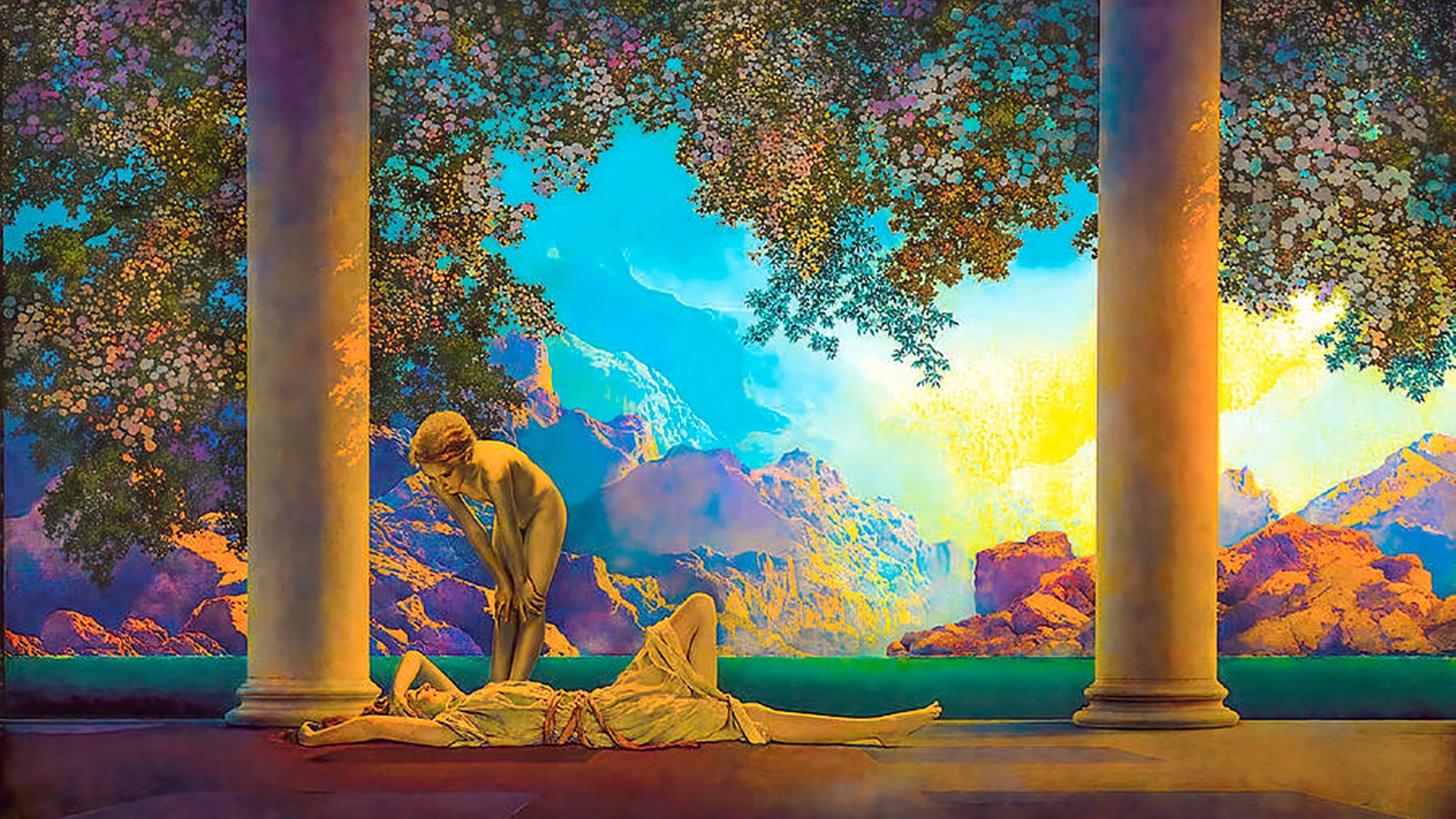
Daybreak by Maxfield Parrish
The director has hired the DP, now what?
There's a strange depression that often sets in for the DP once they are hired. I think it is because they realize the titanic undertaking they are about to undertake. It's not just the amount of labor, it's the complexity of the labor and the weight of the considerable responsibility they will bear. So much of human behavior is fear-based, and often, the mind focuses on the horror of failure rather than the potential for success. So it is with DP's and directors, at least before shooting begins. It’s a quiet and overwhelming fear that neither speaks of publicly. "What if I fail? What if I am not good enough? Maybe I have just been fooling everyone. Now they will find out." This feeling is called the Imposter Syndrome, and it is pervasive in our culture, but particularly in these circumstances. Directors and cinematographers don't work every day at 9-5 jobs. Instead, they are hired for single events; films and TV shows. Their "performance" will determine their ability to work in the future, and there is no hiding. Worse, there are usually gaps between jobs where anxiety can build, and the memory of their competence fades.
Once the shooting begins, things usually go pretty well, but as we start major undertakings, we tend to forget that most of the things we fear will never happen.
A side note here about success and failure. If a director succeeds and the film works both creatively and with a financial return, the director can expect a lot of rewards. For the DP, outside of the creative satisfaction of making great art, the upside is more limited. If the DP does a great job, few outside the film business will ever know their real contribution. The director and the actors get almost all the credit for the success of a film. It's unlikely a cinematographer, for example, will appear on a red carpet. Some directors will give the DP credit, but others won't. Sometimes those directors who relied on the DP the most are the most loath to credit them subsequently for fear their "brand" will be damaged, and they won't be seen as the sole authors of their film. Some may think this unkind, but they have their reasons. A director wants to be hired again to make other films, and if it is believed they are only partially responsible for the end result of the film, their chances of this are diminished. So a DP should just accept that DP's are much feted and loved during the shooting but often ignored afterwards. It doesn't mean the director isn't appreciative, it’s just a secret appreciation.
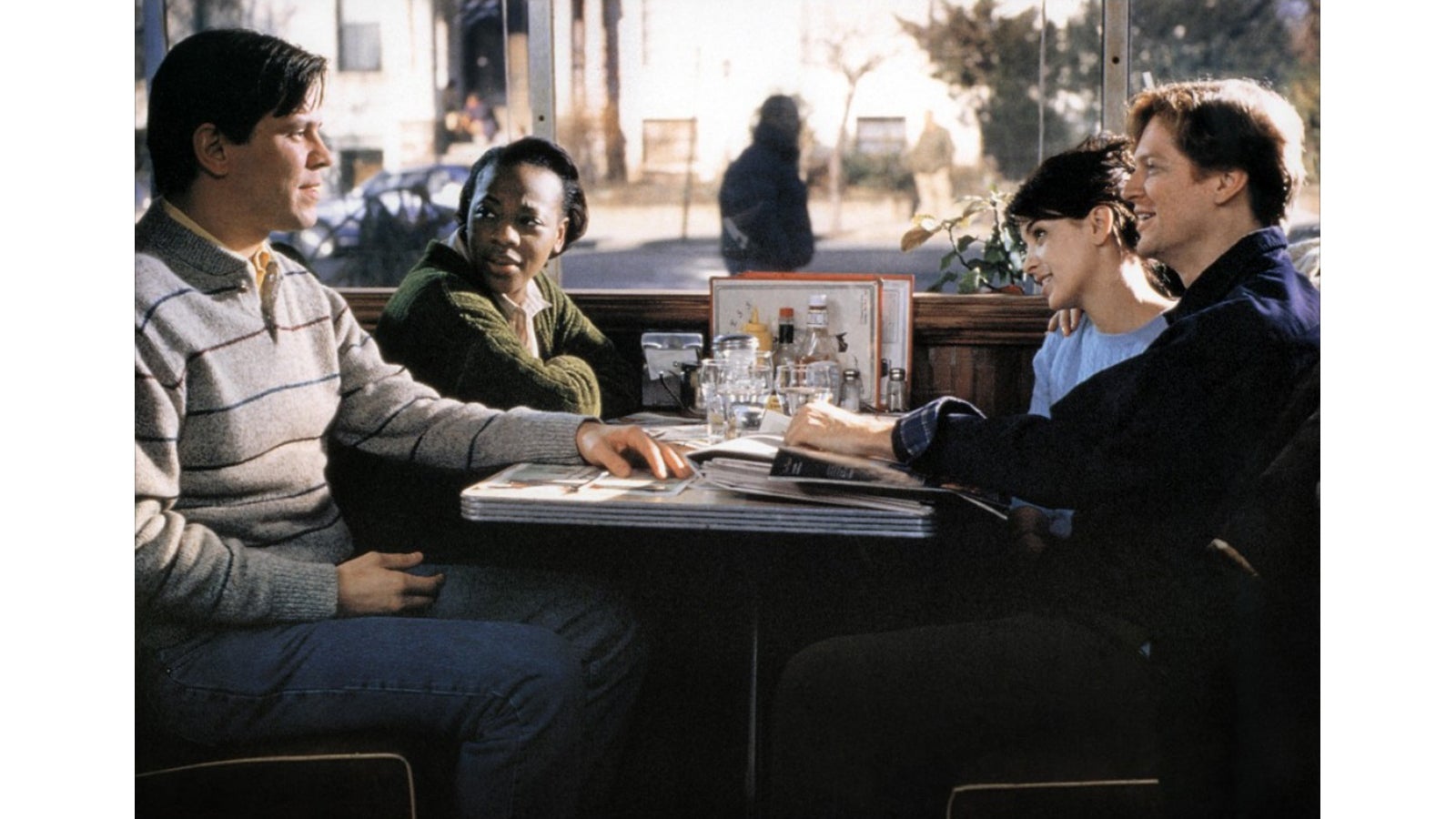
Frame from "Mr Jealousy"
PREPRODUCTION
Talking to the director early.
Once the cinematographer is hired, I think it is incumbent on them to book time with the director immediately.
I mentioned earlier the amount of time I spent with Noah Baumbach, and this has been typical of my collaborations when I am on the camera side. The cinematographer and the director should work together for many weeks in preproduction to guarantee the most successful result once the shooting starts.
There are some obstacles to this undertaking. The cinematographer's contract might only allow for three or four weeks of preparation on a lower budget film. Personally, I would always try to get more time, and when that couldn't be achieved, I would voluntarily provide the time to make sure that I could do the best possible job. I don't think this sets good precedent for other cinematographers. Each cinematographer will have to decide for themselves when they volunteer time and when they don't. It's a tough choice. Cinematographers deserve to be paid, but when the budget just isn't there, cinematographers still want to do what will help guarantee their greatest likelihood of success. That means more prep time. Really, producers should put this in their budget but often they then undervalue or don't understand the contribution of the cinematographer during preproduction.
Another obstacle to the director and cinematographer's early collaboration is simply the time the director has available to them. Time is a funny thing, and our belief in its elasticity is very different from our physical experience. This doesn't stop many of us from believing we always have more time than we think, and this is a malady shared by many filmmakers. When I was shooting commercials and music videos, I would notice that everyone took their time in the mornings, trying to create great art with precision, figuring they would catch up in the afternoon. No one really caught up in the afternoon. There would follow a mad scramble at the end of the day. So it is with feature film directors and the management of their time in the preproduction. They will promise the cinematographer and all the other department heads that time will be made for them before shooting. As the shooting draws closer, there are more demands on the director's time and some people will never get that time with the director that they need, and that group can include the cinematographer. So the cinematographer has to be wise and insist on meetings early in the preproduction process. If the cinematographer gets these meetings, it will improve the subsequent quality of the film.
So what happens in these preproduction meetings between the director and the cinematographer? At the outset, it's very much like an extension of the job interview. They will look at art and other films, looking for inspiration and an understanding of each other's sensibilities.
Next is the page by page analysis of the script. This gives the director an opportunity to explain their intention for the whole film and each individual scene to the cinematographer. There are various types of intentions that the director will have in mind; there will be the emotional intention, which is what the director wants the audience to feel during a scene. There is narrative intention, which is what the director wants the audience to know or not know during a scene, including, of course, elements of story. Then there is the visceral intention; does the director want the audience to be excited, disoriented or frightened? This is related to emotional intention but draws on different devices. Emotional attention can be achieved by a performance or an elegantly written line of dialogue. It often comes from character rather than action. A visceral intention is often tied to non-performance elements, like music, editing, and significantly for the cinematographer, lighting, composition, and camera movement.
The director and the cinematographer will also discuss the overall stylistic intention for the film; is it meant to be surreal, theatrical, gritty or documentary-like?
It is entirely possible that the director won't be able to answer all these questions for each sequence in a film. But I have found it very useful as a cinematographer and then subsequently as a director to have these questions asked. It makes the director ruminate on the visual devices that impact the audience. It facilitates the director making use of these effective cinematic mechanisms rather than relying solely on script and performance.

Auditioning a lens on "Last Call"
The Unique Language of cinema
To really understand film, all of its component parts must be recognized as separate languages. But this is not the ordinary understanding of language, as only written or spoken. Rather it's breaking down language into its component parts, that of the signified (the idea or the object), and the signifier (that which is seen or experienced). For example, if we want to suggest the idea of a "cow," the cow is the signified. In written language, we write in our shared code and create the word c-o-w. There is no cowness to the word. It is simply an arbitrary but agreed set of letters with an accompanying sound that represents a cow.
In cinema, we can do the same thing, but now with an image. An image that looks like a cow, moves like a cow and is to the audience, a cow. But it isn't. It is the image of a cow; a visual signifier. This seems a simple idea but is very important when the director and the cinematographer look at film from this perspective.
Let's say a director wants a character at a key moment in the film to seem isolated and vulnerable, but without speaking. The cinematographer floats the idea of putting the character at the very edge of the far right of the frame and looking not towards the empty part of the screen but towards the edge, only inches from their face. This is an interesting device, because audiences are used to balanced compositions, and when the composition is unbalanced, they expect something to fill the space. But when the character is looking away from that space they will indeed seem vulnerable. Signified - isolation and vulnerability. Signifier - an unbalanced composition with the subject at the very edge. This is a language, but not a spoken language. It is a visual language. This won't be found in the screenplay. But there is a wholly new script being forged by the director and the cinematographer; the visual script and using visual language.
Breaking the visual script down
What I like to do both as a cinematographer and as a director is to break the visual elements for each sequence into columns. Those columns are:
1. Lighting (color)
2. Lighting type (hard lighting, soft lighting, dappled lighting, moving lighting)
3. Camera movement (Crane, Dolly, hand-held etc.)
4. Composition
5. Audience point of view (privileged point of view, denial of information etc.)
6. Coverage and shot order (what shots will be used in what sequence, and how they will be edited).
There are many more elements at play, but these are great to start with.
Let's use as an example that shot we discussed before, with the character at the edge of the frame. Maybe the cinematographer and the director decide that they will open the sequence with this asymmetrical composition. But what happens next? They decide that they will use a slow push-in on a dolly. They will then move the camera sideways and slowly wrap around to a big close-up of the subject's face. They know that the audience will now be curious about who the character is. They might even begin to care about them. The DP suggests an overall blue color-wash to the scene to create a feeling of ennui. Then the director decides, they will cut to a shot from behind the character's head. The character will slowly turn and looks almost directly into the camera, terrified as the light on their face changes to a warm orange glow and the camera pushes in even closer. What do they see? What is happening? Cut.
So here is an example of many of the elements of the visual narrative at work. There is no dialogue and the feeling that was created in the audience or will be, was done entirely with visual devices. That's how a DP and a director planned this sequence. They have begun their journey. Next, they have the entire film to break down in this detail, always keeping in mind the director's intentions.
Stay tuned for Part 4, posting shortly.
